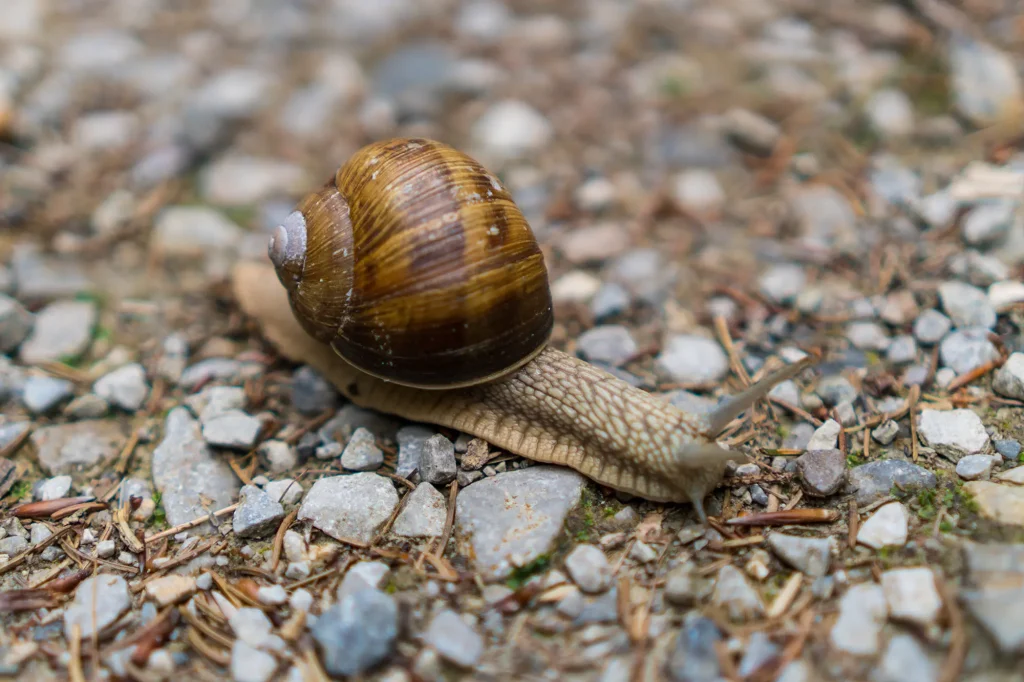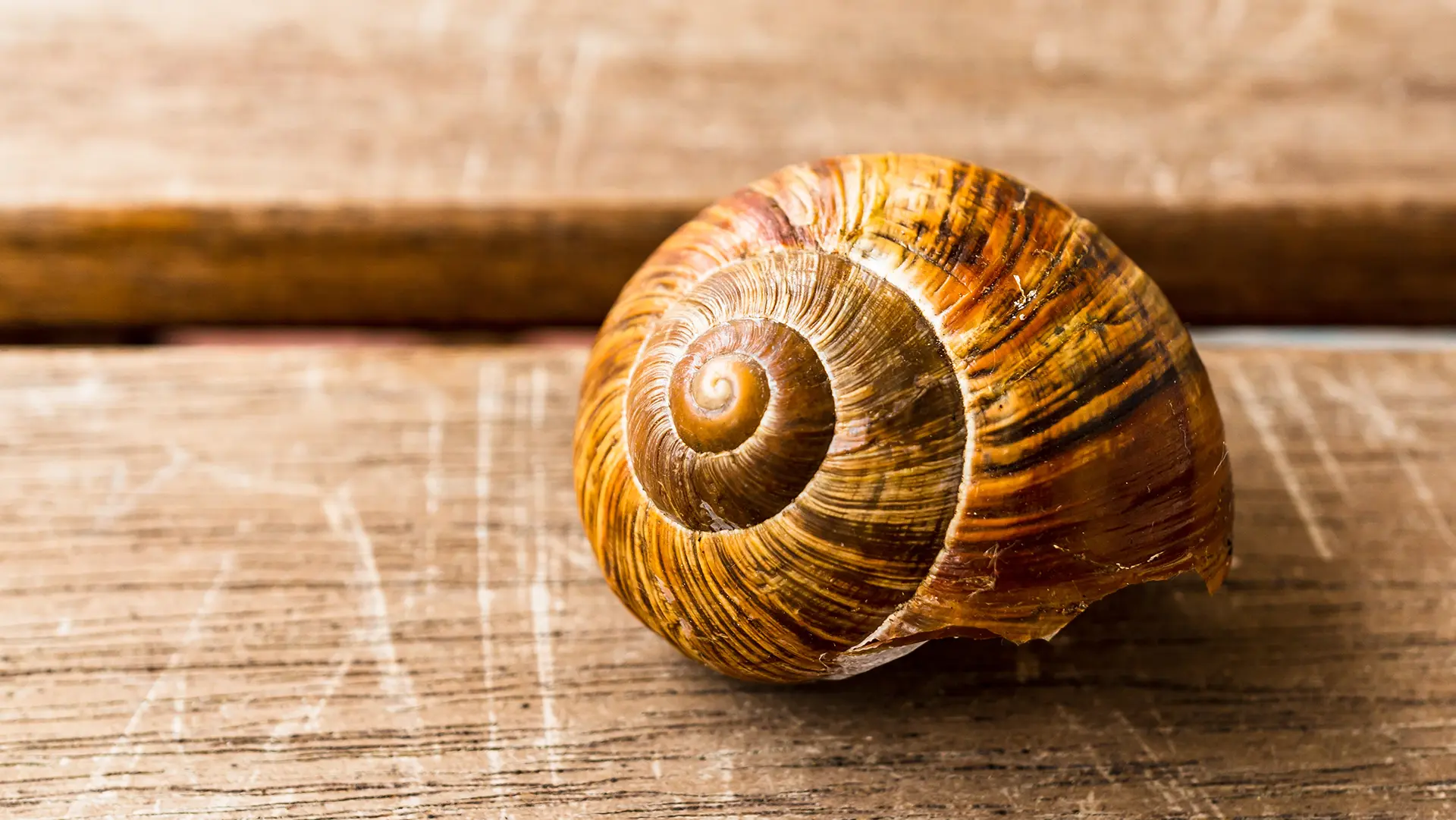In a fascinating 30-year experiment, scientists watched the evolution of an animal species happen right in front of their eyes.
In an experiment that lasted 30 years, scientists were able to observe the evolution of a species of snail in a new habitat to resemble the snails of the region.
The tenacious periwinkle (Littorina saxatilis) is a small species of sea snail that is commonly found on beaches around the North Atlantic Ocean. The coasts of the hardy Winkle’s habitat include Sweden’s Koster Islands and the rocky islands there known as “Skerries”; where a toxic alga wiped out a large part of the snail population in 1988.

With the extinction of large numbers of snails, the stage was set for a long-term evolutionary experiment. In 1992, Kirsten Johansson, a marine ecologist from the University of Gothenburg, reintroduced 700 snails to a scree where the snail population had been decimated.
In his experiment, Johansson didn’t just replace the lost population of snails with the same snails as before. Instead, he paired the snails with a different “ecotype” formed by a different habitat to find out whether the new snails evolved over time the characteristics of the original scree inhabitants.
An ecotype or ecospecies is a population of a species that is genetically adapted to a specific environmental situation due to different geography. The phenotype or characteristic features of the ecotypes of a species are so few and intangible that they cannot be classified as subspecies.
As expected, within a few tens of generations, the new colonists followed exactly the same path as their predecessors, shaped by the same habitat. The researchers accurately predicted changes in the appearance and genetics of snails and provided a fascinating example of evolution in action.
Due to the environmental pressures that each population faces, the hardy Perrywinkle has taken on several different ecotypes in the Coaster Islands region. The so-called crab ecotype lives in areas that are preyed upon by crabs; So this ecotype is more cautious and has grown larger, thicker shells without patterns and with relatively smaller openings.

Another group, known as the wave ecotype, lives on rocks away from crabs; But instead they are subject to waves. These snails are much leaner and smaller, with thinner, patterned shells and relatively larger openings.
Before 1988, the Moj ecotype lived on a rocky island that was only three meters long. But after they died out due to algal blooms, Johansson and his team replaced the lost snails with snails from the crab ecotype to see if the new snails would become more like wave snails.
The research team observed three types of changes in the snails. First, the appearance was expected to change the average length, thickness, color, pattern and shell protrusion of snails from crab ecotypes to wave ecotypes.
Given that snails reproduce at a rate of one or two generations per year, changes in appearance or phenotypes became apparent quickly. The shells of snails changed from beige to a wider range of colors, became thinner and smoother, and had wider, less sharp openings and tips.
Other types of changes monitored were genetic diversity (the probability of certain species occurring at specified locations in the genome) and larger genetic changes called chromosomal inversions. As expected, both of these cases diverged from the main crab ecotype and resembled the wave ecotype population.
The research team says the evolution was predictable due to several factors. First, the desired traits were already present in the genome of the crab ecotype in a very small amount. In addition, a population of nearby wave snails that were 160 m away may have been pushed towards the crab snails by the current and added their genes to their population composition.
Snails of the crab ecotype were well positioned to adapt to changing environments, but other animals may not be so lucky. “Not all species have access to large gene pools, and the evolution of new traits from scratch happens very slowly,” says Anja Westram, one of the authors of the study.
Westram emphasizes that adaptation is a complex process; Especially as our planet experiences significant changes such as extreme weather, rapid climate change, pollution and new parasites. Westram hopes the new research will encourage people to protect different natural habitats to ensure species maintain their genetic diversity.
Westram emphasizes the challenges that many species face in adapting to environmental changes. Limited genetic diversity makes it more difficult for some species to evolve and survive in changing conditions, and he emphasizes the importance of maintaining different habitats to support the genetic diversity that helps species thrive amid ongoing environmental pressures.
The research was published in the journal Science Advances.
